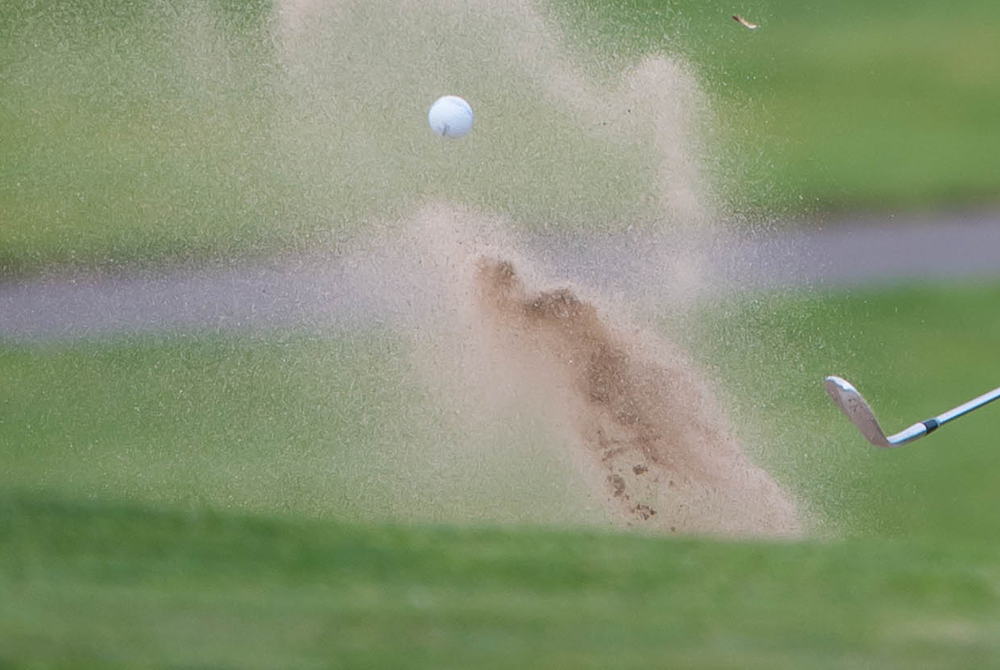
Be the Referee: Switching Sides
By
Sam Davis
MHSAA Director of Officials
September 6, 2022
Be The Referee is a series of short messages designed to help educate people on the rules of different sports, to help them better understand the art of officiating, and to recruit officials.
Below is this week's segment – Switching Sides - Listen
In volleyball, a rules modification that came about during COVID has been instated as a permanent change - with overwhelming support from coaches and officials.
Previously, teams would switch sides after each set, sometimes creating a traffic jam as players and coaches move benches from side to side. Unless there is a clear competitive advantage, there is no switching now. Coaches like having a dedicated home bench and the improved pace of the match.
Things that would necessitate teams switching would be less serving room on one end of the court, a window on one side with the sun shining in, or an overhead obstruction on one end.
It’s up to the official to determine if an advantage exists and if teams will switch at the end of each set – or stay on the same side for the entirety of the match.
Previous Editions:
Aug. 30: Play Clock - Listen
Aug. 23: Intentional Grounding Change - Listen

Be the Referee: Abnormal Course Condition
By
Paige Winne
MHSAA Marketing & Social Media Coordinator
October 1, 2024
Be The Referee is a series of short messages designed to help educate people on the rules of different sports, to help them better understand the art of officiating, and to recruit officials.
Below is this week's segment – Abnormal Course Condition - Listen
We’re on the golf course today and our approach into 18 has gone from bad to worse. Or has it?
Our shot lands in a puddle, in the middle of a bunker, which certainly isn’t good. But because water in a bunker is an abnormal course condition, we’re allowed free relief.
We’re able to go to the nearest spot of relief, no closer to the hole, and drop within a club’s length of that spot while still playing from the bunker.
Or relief can be taken outside of the bunker, no closer to the hole, and within line of the shot – but a penalty stroke is added.
So you have two options if you find water inside a bunker; only one requires you to take a penalty stroke.
Of course the best course of action is to avoid the bunkers all together!
Previous 2024-25 Editions
Sept. 25: Tennis Nets - Listen
Sept. 18: Libero - Listen
Sept. 10: Cross Country Uniforms - Listen
Sept. 3: Soccer Handling - Listen
Aug. 24: Football Holding - Listen

